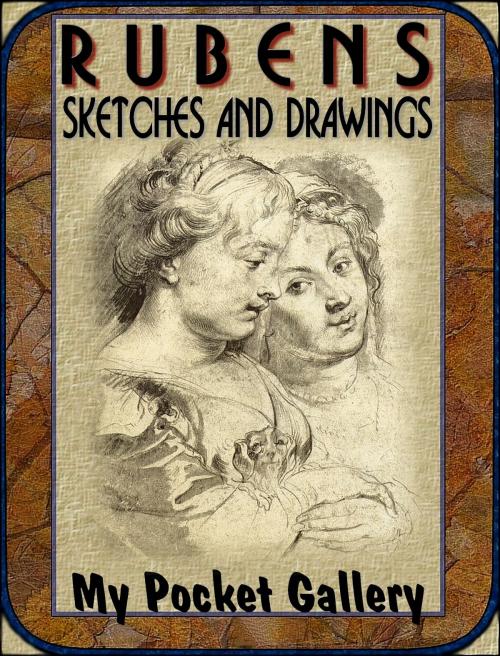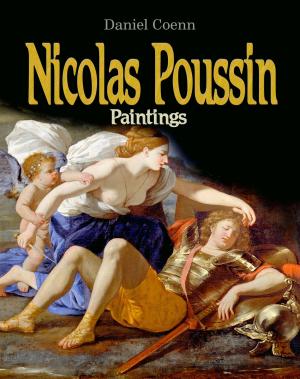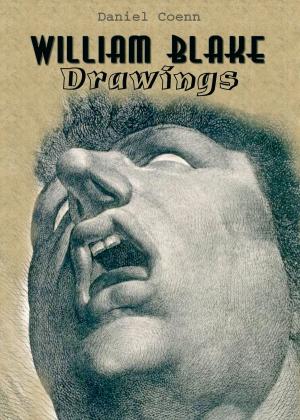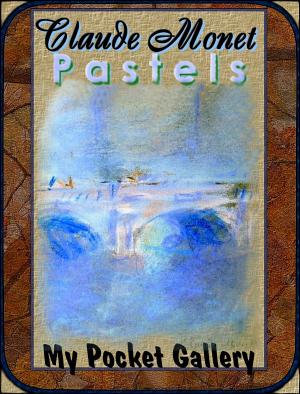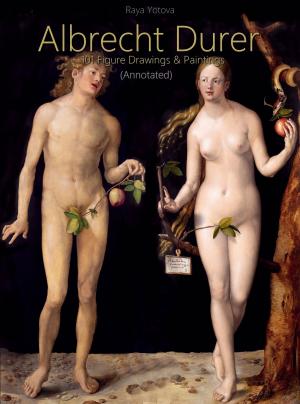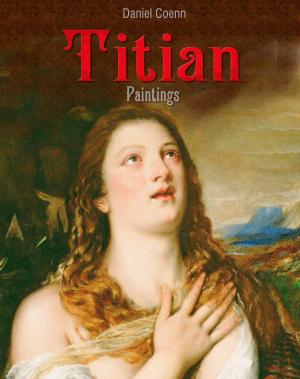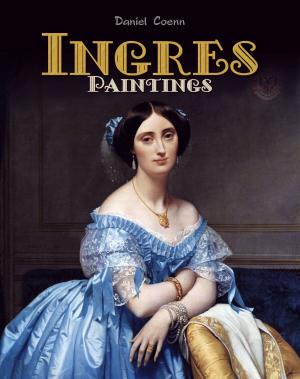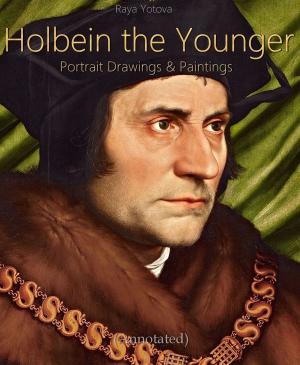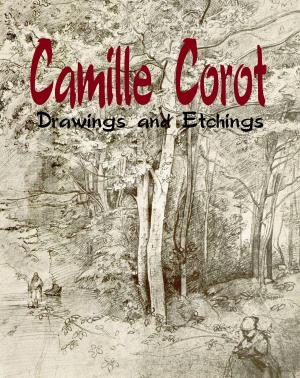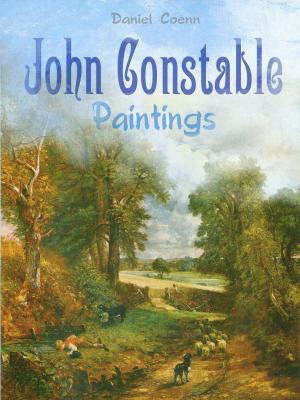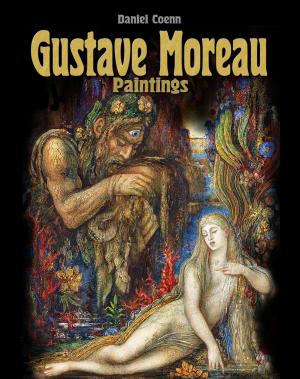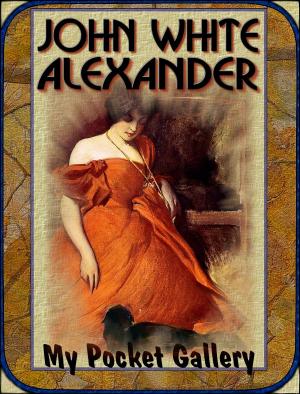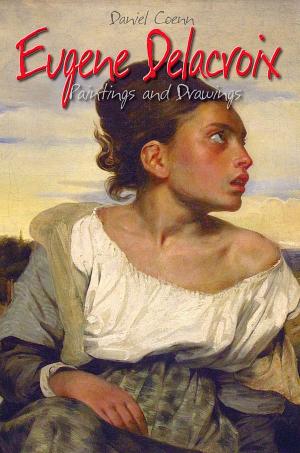Peter Paul Rubens
Sketches and drawings
Biography & Memoir, Artists, Architects & Photographers, Nonfiction, Art & Architecture| Author: | Daniel Coenn | ISBN: | 1230000029573 |
| Publisher: | Classic & Annotated | Publication: | November 8, 2012 |
| Imprint: | 1 | Language: | English |
| Author: | Daniel Coenn |
| ISBN: | 1230000029573 |
| Publisher: | Classic & Annotated |
| Publication: | November 8, 2012 |
| Imprint: | 1 |
| Language: | English |
Concise. Essential. Annotated. These three words describe what the books in My Pocket Gallery gives readers.
This Art Book contains annotated reproductions of Peter Paul Rubens masterpieces, date and interesting facts page below. Book includes Table of Contents, thumbnail gallery and is formatted for all e-readers and Tablets (use rotate and/or zoom feature on landscape/horizontal images for optimal viewing).
The majority of Rubens's drawings served as a step toward a final work of art in another medium. Rubens kept his drawings close by as studio material to be used by his assistants and collaborators. It was often with the help of his drawings that assistants would execute the related paintings; later, Rubens would merely add the finishing touches. There are indications that the artist guarded his drawings from the outside world, both because he wanted no one to witness his artistic exertions, his sweat and toil, and because the drawings were considered a kind of studio secret. How careful he was about them is clear from his last will and testament, in which he stipulated that his drawings were not to be sold until it was clear that none of his children would become an artist.
Concise. Essential. Annotated. These three words describe what the books in My Pocket Gallery gives readers.
This Art Book contains annotated reproductions of Peter Paul Rubens masterpieces, date and interesting facts page below. Book includes Table of Contents, thumbnail gallery and is formatted for all e-readers and Tablets (use rotate and/or zoom feature on landscape/horizontal images for optimal viewing).
The majority of Rubens's drawings served as a step toward a final work of art in another medium. Rubens kept his drawings close by as studio material to be used by his assistants and collaborators. It was often with the help of his drawings that assistants would execute the related paintings; later, Rubens would merely add the finishing touches. There are indications that the artist guarded his drawings from the outside world, both because he wanted no one to witness his artistic exertions, his sweat and toil, and because the drawings were considered a kind of studio secret. How careful he was about them is clear from his last will and testament, in which he stipulated that his drawings were not to be sold until it was clear that none of his children would become an artist.
